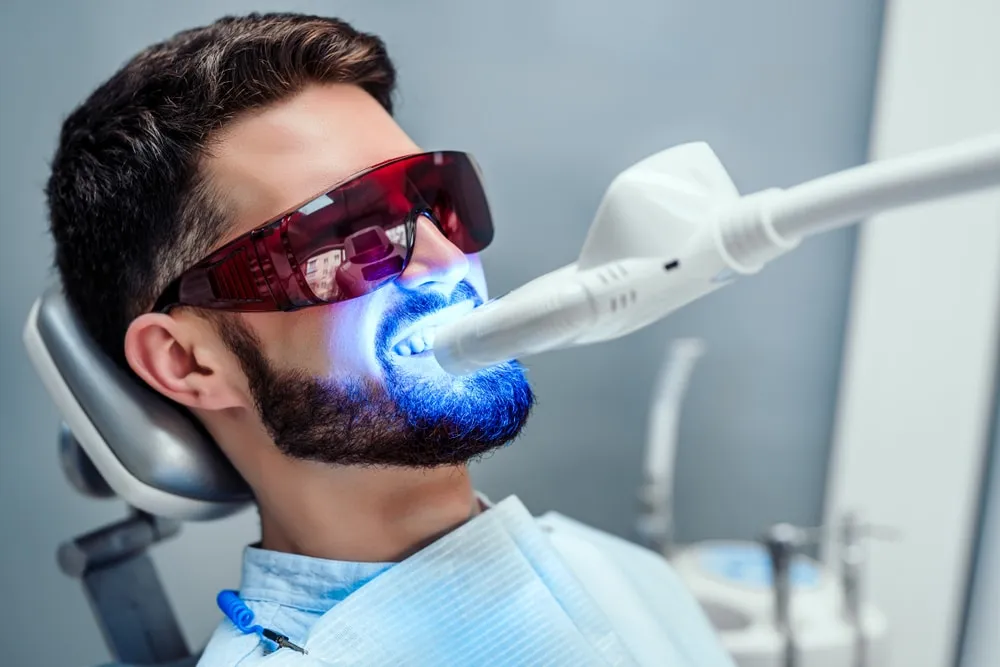Teeth Whitening Risks
Teeth whitening has become incredibly popular, offering a quick path to a brighter smile. However, the quest for pearly whites isn’t without potential downsides. While many people experience no issues, it’s crucial to understand the potential risks before you start any whitening treatment. This article will explore the top 5 risks associated with teeth whitening, providing you with the information you need to make an informed decision and protect your oral health. Remember, a beautiful smile should never come at the expense of your overall well-being, and understanding the potential consequences is the first step in safe and effective teeth whitening.
Tooth Sensitivity
One of the most common side effects of teeth whitening is tooth sensitivity. Many individuals experience a temporary increase in sensitivity to hot, cold, sweet, or acidic foods and drinks. This occurs because the whitening agents, typically hydrogen peroxide or carbamide peroxide, can penetrate the enamel and reach the dentin, the layer beneath the enamel, which contains tubules connected to the tooth’s nerve. This can cause irritation and sensitivity. The intensity of the sensitivity can vary depending on the concentration of the whitening agent, the duration of the treatment, and individual tooth characteristics.
The Science Behind Tooth Sensitivity
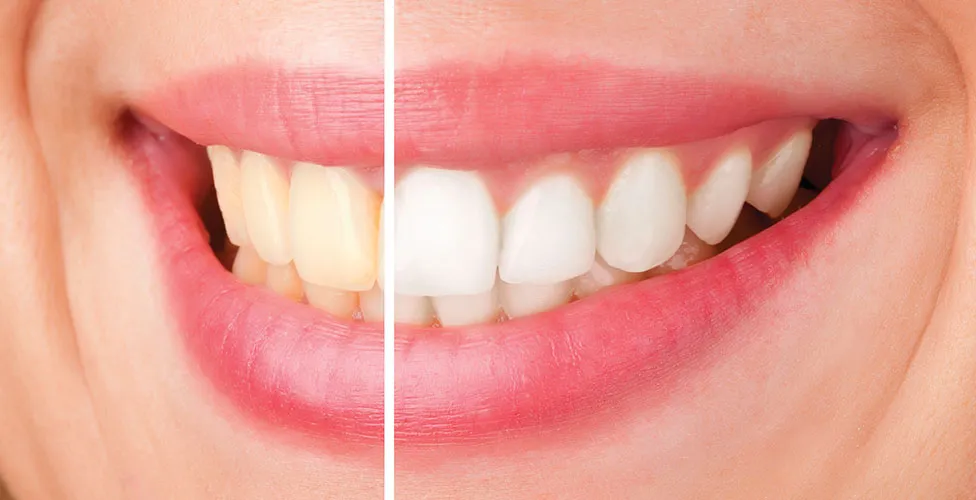
The mechanism behind tooth sensitivity involves the interaction of the whitening agent with the tooth structure. Peroxide-based whitening agents break down into smaller molecules that can pass through the enamel and dentin. Once inside, they can irritate the nerve endings, leading to the sensation of sensitivity. Moreover, the whitening process can temporarily dehydrate the teeth, making them more susceptible to external stimuli. The tubules in the dentin, which are usually protected by the enamel, become more exposed, increasing the likelihood of sensitivity. This sensitivity is usually temporary, resolving within a few days or weeks after the whitening treatment is completed.
Tips for Managing Sensitivity After Whitening
If you experience tooth sensitivity after whitening, there are several steps you can take to manage it. Using a toothpaste designed for sensitive teeth, which contains ingredients like potassium nitrate or stannous fluoride, can help to block the nerve endings and reduce sensitivity. Avoiding extremely hot or cold foods and drinks, as well as acidic or sugary items, can also minimize discomfort. You can also consult your dentist, who may recommend a fluoride treatment or other desensitizing agents. In most cases, sensitivity will subside on its own within a short time, but these measures can help to make the experience more comfortable.
Gum Irritation and Damage
Besides tooth sensitivity, another potential risk of teeth whitening is gum irritation or damage. This is usually caused by the whitening agent coming into contact with the soft tissues of the gums. This can lead to inflammation, redness, and even blistering or burning sensations. The severity of the gum irritation can depend on the concentration of the whitening agent, the duration of the exposure, and how well the gums were protected during the whitening process. Improperly fitted whitening trays, for example, can allow the agent to seep out and come into contact with the gums. Similarly, using high concentrations of whitening products without professional guidance can increase the risk of gum irritation.
Causes of Gum Irritation
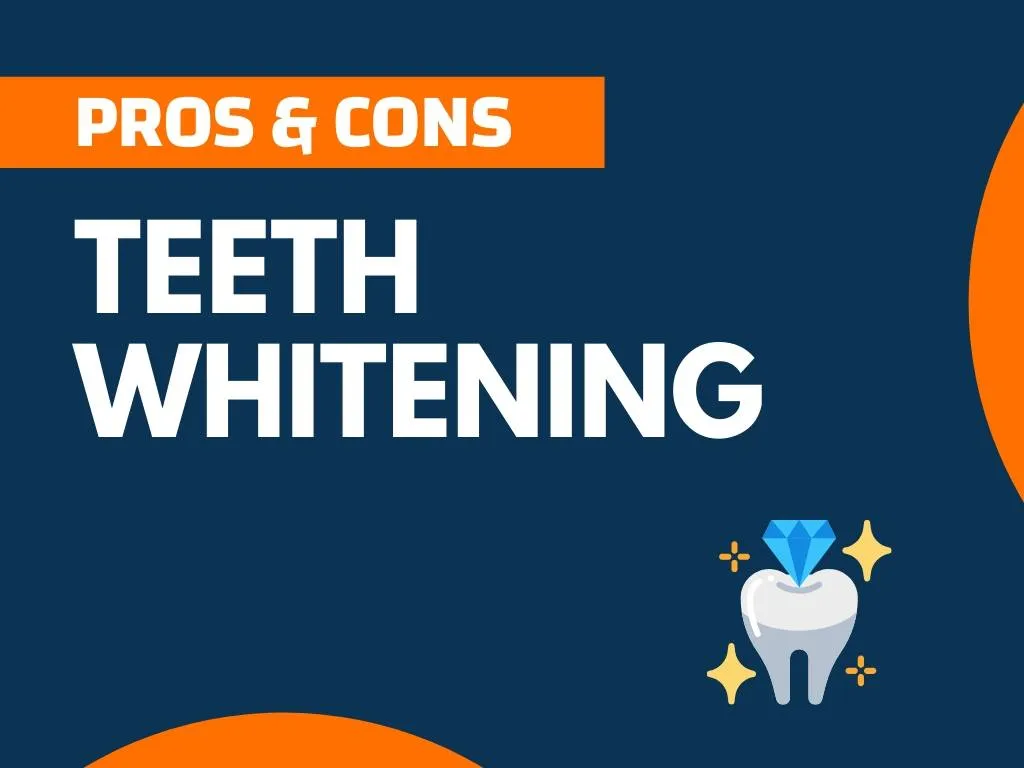
The primary cause of gum irritation is direct contact with the whitening agent. Hydrogen peroxide and carbamide peroxide are both strong oxidizing agents, and when they come into contact with soft tissues, they can cause irritation and inflammation. The concentration of the agent plays a significant role; higher concentrations tend to cause more severe irritation. Furthermore, poorly fitting whitening trays or improper application techniques can allow the agent to seep out and come into contact with the gums. Individuals with pre-existing gum issues, such as gingivitis or periodontitis, may be more susceptible to irritation from whitening treatments. This is why a dentist should check your oral health before recommending this treatment.
How to Prevent Gum Problems
Preventing gum problems during teeth whitening involves careful application and proper protection. If you’re using a home whitening kit, ensure the trays fit snugly and that the whitening agent doesn’t overflow. The dentist can also provide custom-fitted trays, minimizing the risk of contact with the gums. Apply the whitening agent only as directed and avoid overfilling the trays. If you’re undergoing professional whitening, the dentist will take measures to protect your gums, such as using a protective barrier or isolating the teeth. If you experience any gum irritation, rinse your mouth thoroughly with water and consult with your dentist immediately. In some cases, they might suggest a temporary break from whitening or recommend a different treatment approach.
Enamel Erosion
Enamel erosion is a serious risk associated with excessive or improper teeth whitening. Enamel is the hard, protective outer layer of your teeth, and it’s essential for preventing decay and sensitivity. Overuse of whitening agents, especially at high concentrations, can weaken and erode the enamel over time. This can make your teeth more susceptible to cavities, staining, and further sensitivity. It’s crucial to follow the instructions provided by your dentist or the product manufacturer to minimize the risk of enamel erosion. Regular dental checkups can help identify any early signs of enamel damage and allow for prompt intervention.
Understanding Enamel and Its Importance

Enamel is the strongest substance in the human body, providing a vital barrier against bacteria, acids, and temperature changes. It’s primarily composed of minerals, and its smooth, hard surface helps protect the underlying dentin and pulp. Once enamel is eroded, it cannot regenerate, making it essential to protect it. Enamel erosion can occur due to various factors, including acidic foods and drinks, aggressive brushing, and, as mentioned, overuse of teeth-whitening products. Protecting your enamel through proper oral hygiene practices, a balanced diet, and responsible teeth whitening is crucial for maintaining healthy teeth for life.
How Whitening Can Affect Enamel
Teeth whitening products, particularly those with high concentrations of peroxide, can potentially weaken enamel over time. The whitening agents penetrate the enamel to break down stains, but this process can also cause microscopic changes to the enamel structure, making it more porous and vulnerable. Regular and excessive use can lead to enamel erosion, making the teeth more susceptible to damage and sensitivity. That’s why it’s critical to use whitening products as directed and to consult your dentist for guidance on the most appropriate and safest whitening methods for your specific needs. They can assess your enamel health and recommend a treatment plan that minimizes potential risks.
Overuse and Misuse
Overuse and misuse of teeth whitening products can significantly increase the risks associated with the treatment. This includes using products more frequently than recommended, applying higher concentrations of whitening agents without professional guidance, or using products designed for professional use at home. Overuse can lead to increased tooth sensitivity, gum irritation, and, as mentioned, enamel erosion. Misuse can also involve using products that are expired, improperly stored, or not suitable for your specific dental condition. Always follow the instructions provided with your whitening product and consult your dentist to ensure that you are using the product safely and effectively.
Recognizing the Signs of Over-Whitening
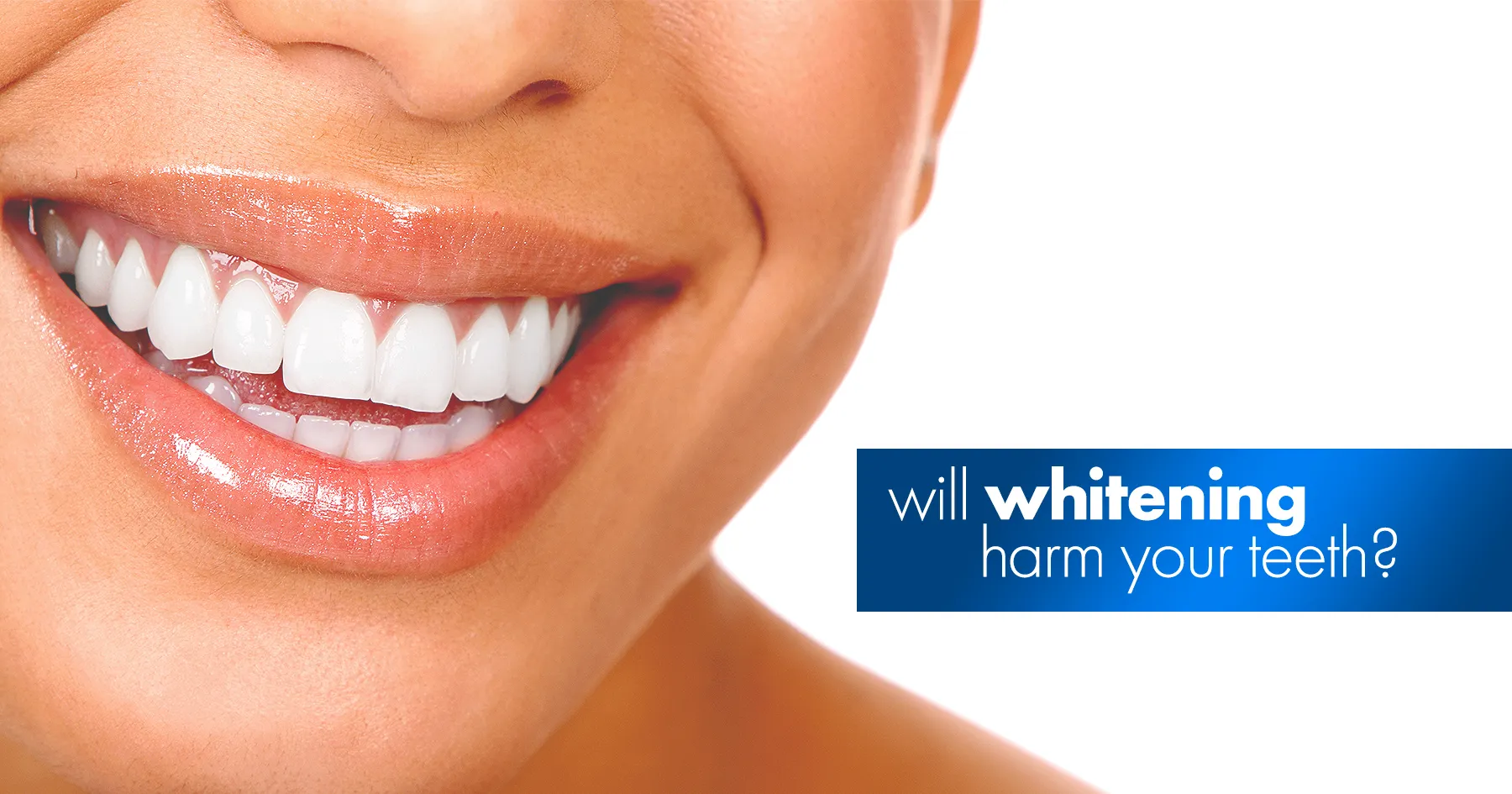
Recognizing the signs of over-whitening is crucial for preventing long-term damage. Common signs include extreme tooth sensitivity, where even cool air or water causes discomfort. Increased gum irritation, such as redness, swelling, or blistering, is another warning sign. You might also notice a change in the texture or appearance of your teeth, such as a more translucent or chalky look. If you experience any of these symptoms, discontinue the whitening treatment immediately and consult your dentist. They can assess the damage and recommend appropriate measures to restore your oral health.
Best Practices for Safe Whitening
For safe and effective teeth whitening, it’s essential to follow best practices. Always consult with your dentist before starting any whitening treatment. They can assess your oral health, identify any pre-existing issues, and recommend the most suitable whitening method for your specific needs. Follow the instructions provided with your whitening product carefully, including the recommended frequency and duration of use. Avoid using products that are not approved for your use or that contain high concentrations of whitening agents without professional guidance. If you’re using home whitening kits, ensure the trays fit snugly and prevent the agent from coming into contact with your gums. Consider using a toothpaste designed for sensitive teeth during and after your whitening treatment. Regular dental checkups are essential to monitor your oral health and address any issues promptly.
Potential for Uneven Results
Another potential risk of teeth whitening is the possibility of uneven results. This can occur for several reasons, including the presence of fillings, crowns, or other dental restorations that don’t whiten in the same way as natural teeth. Existing stains can also influence the uniformity of whitening. For example, intrinsic stains, which are located within the tooth structure, may be more challenging to remove than extrinsic stains on the surface. The presence of tetracycline stains, which are a result of antibiotic use during tooth development, can also lead to uneven results. It’s essential to be aware of these factors and to have realistic expectations about the potential outcomes of teeth whitening.
Factors Influencing Uneven Whitening
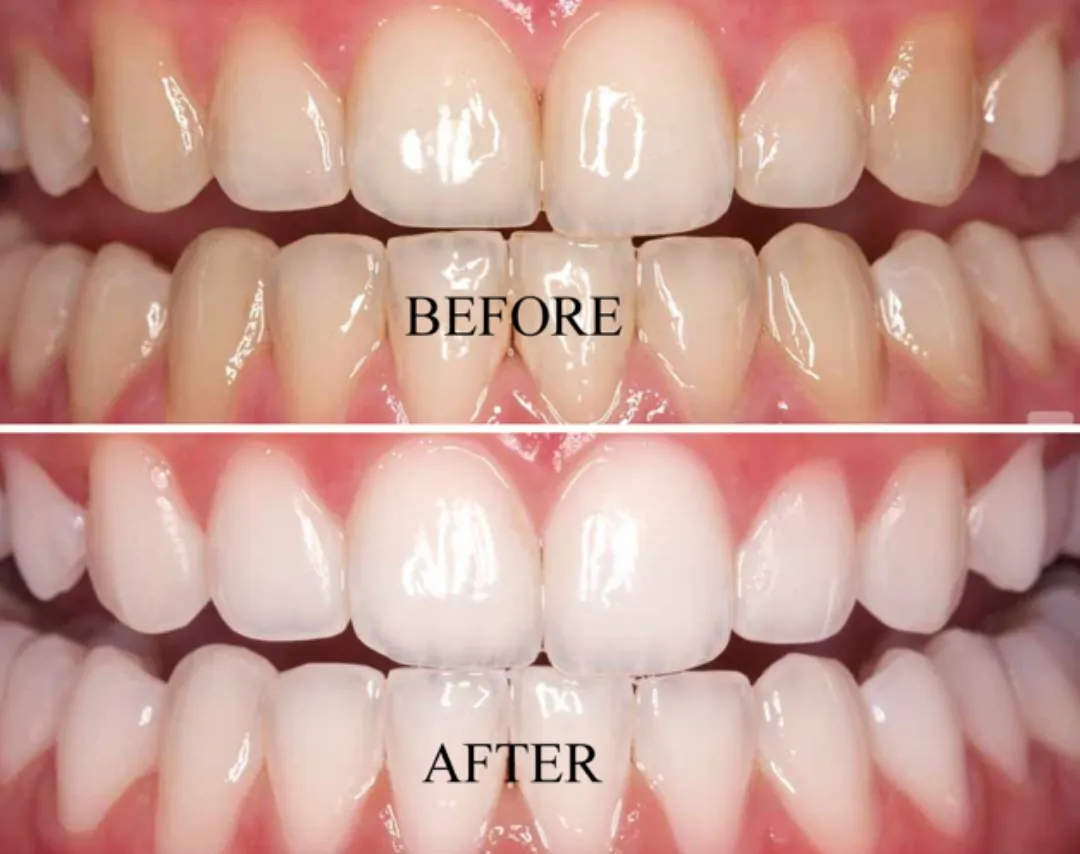
Several factors can influence the uniformity of teeth whitening results. As mentioned, dental restorations like fillings and crowns do not whiten with the same effectiveness as natural enamel. The type and age of existing stains also play a role. Extrinsic stains caused by coffee, tea, or smoking are often easier to remove than intrinsic stains caused by medications or aging. The natural variations in enamel thickness and density across different teeth can also impact the whitening process. Some teeth may whiten more quickly or more dramatically than others. Finally, the application method and the evenness of the whitening agent distribution can affect the uniformity of the results.
How to Achieve More Uniform Results
To achieve more uniform teeth whitening results, consider the following tips. Consult your dentist before starting any whitening treatment. They can assess your oral health, identify any existing restorations, and recommend the most appropriate whitening method. Professional whitening treatments often provide more even results than at-home kits because the dentist can customize the treatment to your needs. If you have fillings or crowns, discuss the possibility of replacing them after whitening to match your new tooth shade. Follow the instructions provided with your whitening product carefully, and avoid over-whitening. Maintain good oral hygiene practices, including regular brushing, flossing, and professional cleanings, to keep your teeth as white as possible.
In conclusion, while teeth whitening can significantly improve your smile, it’s essential to be aware of the potential risks. By understanding these risks, including tooth sensitivity, gum irritation, enamel erosion, and the possibility of uneven results, you can make informed decisions and take steps to protect your oral health. Always consult with your dentist before starting any whitening treatment and follow their guidance to ensure safe and effective results. A beautiful smile is a valuable asset, but it should never come at the expense of your health. Prioritize your oral health and enjoy the benefits of a brighter smile responsibly.
